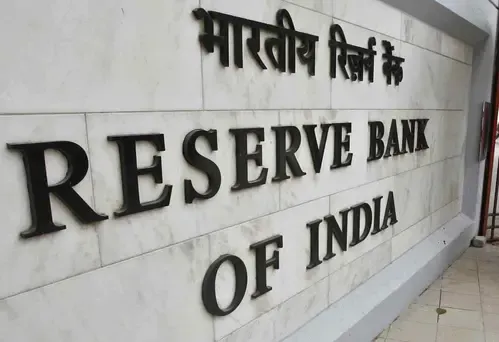How Will RBI’s Revised Co-Lending Guidelines Enhance Transparency?

Synopsis
Key Takeaways
- RBI’s revised guidelines enhance transparency.
- All types of loans will now be regulated.
- Minimum loan retention for REs is set at 10 percent.
- New opportunities for mid-sized and smaller NBFCs.
- Enhanced disclosures will benefit all stakeholders.
New Delhi, Aug 13 (NationPress) The Reserve Bank of India (RBI) has introduced revised guidelines concerning co-lending that are poised to enhance transparency in the lending sector. This will be achieved by bolstering disclosure requirements and extending regulatory supervision beyond just banks and NBFCs, as highlighted in a report released on Wednesday.
According to Crisil Ratings, all types of loans will now be subject to regulatory oversight, a significant change from the previous focus solely on priority sector loans.
Furthermore, these new guidelines mandate that each regulated entity (RE) must retain at least a 10 percent share of the loans on their balance sheets. This is a reduction from the current minimum of 20 percent that applies to NBFCs, which should particularly assist mid-sized and smaller NBFCs that struggle with funding.
The report indicated, "Co-lending represents a mutually beneficial arrangement for both NBFCs and banks, allowing them to share the risks and rewards of the loans they jointly offer to borrowers. For NBFCs, this opens doors to bank funding and diverse resource mobilization options. Conversely, banks gain better access to customers and regions that are typically harder to reach."
Notably, the co-lending assets managed by NBFCs have experienced significant growth in recent years, now estimated to exceed Rs 1.1 lakh crore as of March 31, 2025.
The revised guidelines are expected to foster long-term growth opportunities for NBFCs, as they apply to all forms of lending, whether secured or unsecured, and involve all regulated entities (REs), according to Malvika Bhotika, Director of Crisil Ratings.
Moreover, the enhanced disclosure requirements, including a list of co-lending partners, weighted average interest rates, fees charged or received, and details on default loss guarantees (DLG), aim to improve transparency and benefit all stakeholders.
The provision allowing originating REs to offer DLG of up to 5 percent of loans across all lending types, rather than just for digital lending, will further facilitate risk and reward sharing among co-lending partners. These guidelines will take effect on January 1, 2026, or from an earlier date decided by an RE based on its internal policies.









